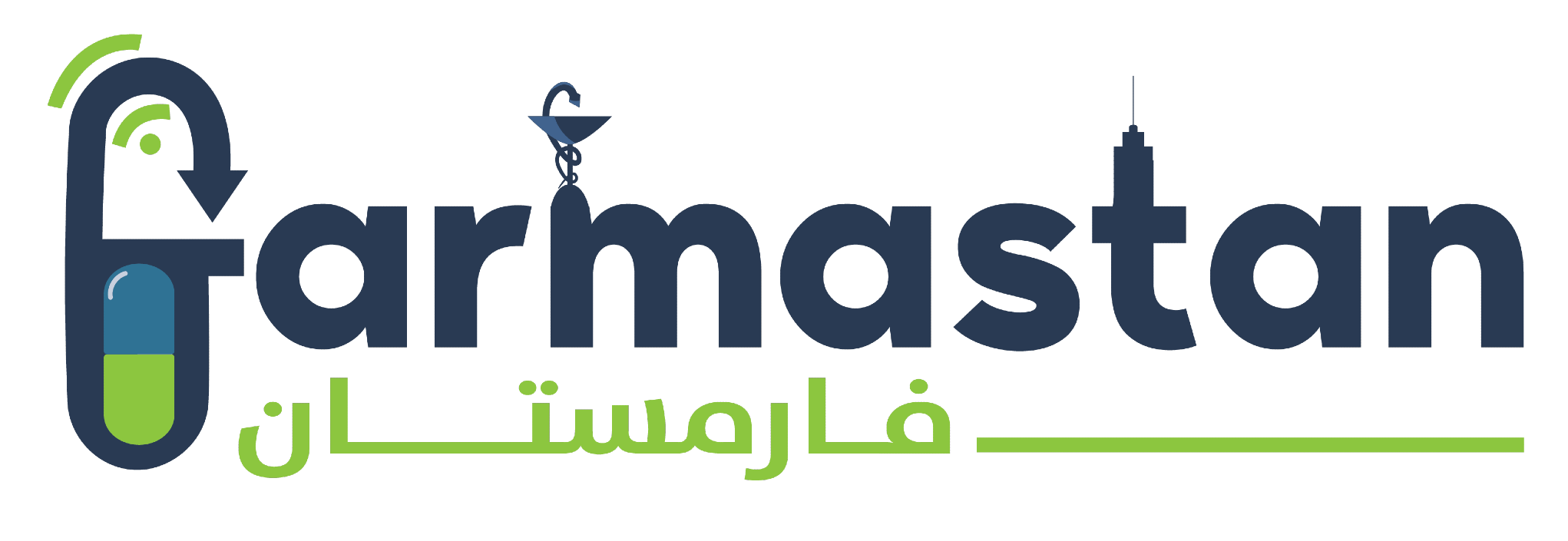Infrastructure in Nairobi
[ad_1]
Infrastructure is at the top of the list of the fundamental factors that influence investors to not only invest in Nairobi but also live there. In addition, infrastructure can be associated with the increase in the city’s population given that it is developed and extensive enough to accommodate all infrastructural needs of Nairobians. Nevertheless, Nairobi’s infrastructure has had its fair share of challenges.
Primarily, infrastructure is a strength that Nairobi has in retaining and attracting existing and potential investors respectively. Efforts and diligence of the previous Kibaki government has seen Nairobi’s infrastructure transform slowly but gradually into one that meets international standards.
Although the infrastructure here is yet to compare with that of major global cities such as New York, it is on the right track with mega billion-dollar infrastructure projects such as Thika Superhighway, erection of Greenfield terminal at JKIA and Konza City etc.
Water Supply
A resource of economic and human development, water is cementing its position as a factor of production given that it plays a primary role in feeding Nairobi city in terms of agriculture and in fueling production in manufacturing and construction industries located here.
Primarily, water enhances livability in Nairobi as compared to much of the rest of Kenya.
However, the water demands surpass supply by more than 370,000m3 a day and only 40% of residents have access to water on a daily basis. In fact, a mere 22% of people in informal settlements (that is home to 60% of people living in Nairobi), have access to piped water.
Nairobi Water and Sewerage Company, under the Ministry of Water, is in charge of water supply and distributions among other issues related with water in Nairobi.
- Water used in Nairobi is pumped from Kikuyu springs, Ndakaini Dam, Sasumua Dam and Ruiru
- Most urban poor buy water from water kiosks to meet their water needs with public taps servicing 3% of them
- Nairobi water and sewerage network only covers 40% of the population
- Upper-class population, which accounts for 10% of Nairobi’s population, use 30% of domestic water
- Lower-income population, accounting for 64% of city’s population, use 35%
Efforts are underway to reduce water lose and wastage through the use of rain harvesting, filtering grey-water and use of vacuum toilets replacing flush toilets.
Electricity Supply
Compared to the rest of the country, Nairobi is said to have the best electricity supply; but generally it is below standard and is characterized by frequent power outages and constant use of alternative sources (e.g., generators, burners, solar panels and lamps).
Kenya Power & Lighting Company is responsible for all electricity supply issues in Nairobi and Kenya in general
- Nairobi’s energy use is fairly constant except in July (coldest month) when there is more than 13% rise in demand
- Average energy use in each household in Nairobi is over 200kWh per month
- Nairobi uses 50% of the power generated nationally per year
72% of Nairobi households have electricity access although majority of them use alternative energy sources such as kerosene and charcoal for cooking.
Sanitation and Garbage Collection
Sanitary conditions in Nairobi’s low socio-economic areas are relatively poor, often characterized by roadside damp sites, blocked sewerage pipes and open or broken drainage pipes/drains.
- Most urban poor use pit latrines (often misused and poorly maintained)
- Nairobi City Council is overwhelmed by amount of garbage to collect with its network being limited to few areas
- Only a few number of privately-owned garbage collecting companies are in operation in middle and upper-income estates
- There is a water treatment site in Nairobi’s Ruai area with a major dump site in Dandora
- In areas not covered by Nairobi City Council, individuals develop their own septic tanks and garbage pits and maintain them as necessary
Street Lighting
To enhance security within Nairobi’s CBD and its environs, the local council and relevant ministries have embarked on lighting the streets and roads.
Street lights are adequately installed within the CBD, middle and upper-income areas although more need to be done in the low income areas
Street lighting is also used to improve the city outlook and attractiveness (especially at night, obviously)
—

Leave a Reply
You must be logged in to post a comment.